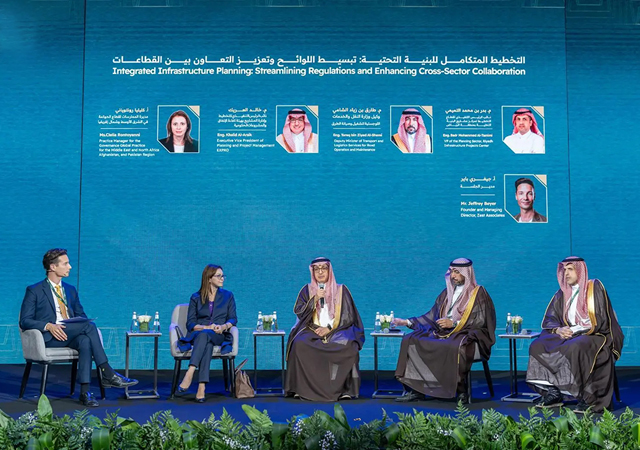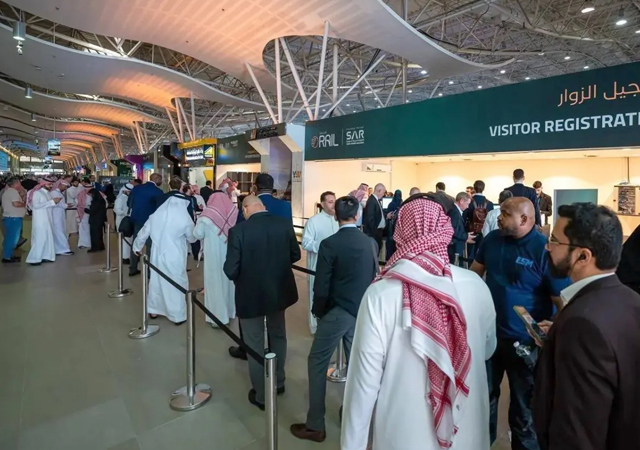
 Tesa ... looking to consolidate its presence in the market.
Tesa ... looking to consolidate its presence in the market.
Talleres de Escoriaza (Tesa), a leading Spanish manufacturer and supplier of locking systems and access control technology aimed at the residential and institutional markets, which has recently opened a branch office in Dubai, is returning to the Big 5 show this year to further consolidate its brand name in the region.
Established in 1941, Tesa has entered into vital partnerships with leading manufacturers over the years and now have an extensive product portfolio which includes a broad range of security locks, cylinders, knobs and handles, access control systems, emergency exit devices, armoured doors, door closers, master-keying systems and other accessories, which will be showcased at the event.
“We consider the Middle East to be the highest activity markets in the world in terms of construction. Although we have had a presence here for more than 30 years mainly through local distributors in most countries, we still felt the need to further strengthen our presence through the opening of our new branch at the Dubai Airport Free Zone at the end of last year,” says Iñigo Ohlsson, regional manager of Dubai branch office.
“The aim of this new office is to provide support and technical assistance locally to Tesa’s activities in the Gulf. By working closely with our customers, we want to understand better the requirements of the local market in order to meet demands and also further improve our product portfolio with better technical know-how,” he adds.
Initially established as a manufacturer of locks and fittings for luggage and travel articles, the company in 1947 diversified into the manufacturing of locks for buildings, and in 1967 a partnership was established with US-based company VSI, which enabled it to expand its range of products with the first Tesa knob-sets.
Three years later, the company made its foray into the export markets following the opening up of a new industrial plant in Irún –a town located right at the Spanish-French border, that is still home to Tesa’s current headquarters – and also made its transition into the challenging area of security locks in the 1980s with the launch of high-security locks. It then went on to further expand its capacities and territories with the opening up of plants in Mexico and Atlanta in the US.
Today, leading hotel chains worldwide as well as many other prestigious commercial and residential complexes, use Tesa’s electronic locks which has resulted in sales volume reaching over one million locks recently.
The company’s impressive business results and technical achievements of owning more than 200 invention patents, made it an attractive prospect for multinationals, and in 1997 the company was bought by British-based Williams Holdings. In 2001, the company became part of the Swedish Assa Abloy group – a well-renowned global manufacturer and supplier of locking solutions dedicated to satisfying end-user needs for security, safety and convenience – which owns about 100 leading companies across 40 countries, employs 30,000 people and earns more than three billion Euro ($3.84 billion) sales profits.
Elaborating on the company’s pursuit of excellence in quality and reliability, export manager John Garmendia says: “Customers today demand reliability, security and quality, which is why Tesa is interested in obtaining international certifications guaranteed by the most demanding tests. One of them is the CE label, which is obtained when European standards are reached. We also take part actively in several national and international committees dealing with rules and certifications.”
Tesa was also one of the first companies in its field to attain the ISO 9001 (1993) and ISO 14001 (1999) certifications.
The company has demonstrated its commitment towards excellence by being the first company in its sector to include the N label in its panic exit devices for emergency exits.
“The N label goes one step beyond – it indicates that not only has the company implemented a quality system, but also tested its products internally and has successfully passed tests by Aenor (a leading independent certification committee in Spain). With this labelling, we’re also protecting the interests of promoters, builders and architects,” he adds.
Tesa well appreciates that the key to the future lies in technology, distinction and customer service, and therefore it combines mechanical and electromechanical products with new developments based on leading technologies and human resource development programmes. This has helped to launch a range of successful technical achievements, which includes more than 200 invention patents.
The company’s facilities include three production plants in Spain, one in Mexico and a plant for electronic locks in Atlanta in the US, with a product portfolio including brands such as Tesa, Inhova, STS and Idasa.
Its aim is to provide integrated locking and control solutions for buildings of all types, in order to guarantee the security of both people and property. Hence, Tesa has been continually developing solutions that meet market requirements in the field with a focus on safety and security products and those with maximum ease in case of evacuation, such as access control systems, electronic cylinders, proximity locks, exit panic devices – both mechanically and electrically controlled and security locks which are at the heart of their product range.
The company combines the security of goods that brings a three-point lock with the safety of persons in products such as, for example, the motorised bar with an access control system.
“We have been working side by side with prestigious architects, multinational contractors and leading consultants, not only in Dubai and the Middle East but all around the world, in order to provide a complete locking assessment and prescription which is tailor-made to the particular requirements of each specific building.
“Our project portfolio includes some of the most prestigious buildings worldwide, such as the Prado and Guggenheim museums in Spain, the Athens Olympic Stadium in Greece, the IFC2 Tower in Hong Kong or the Bibliotheca Alexandrina in Egypt among many others,” concludes Ohlsson.










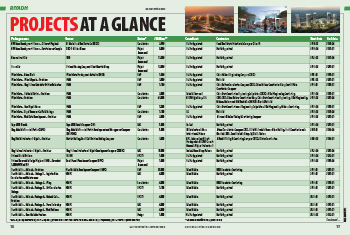
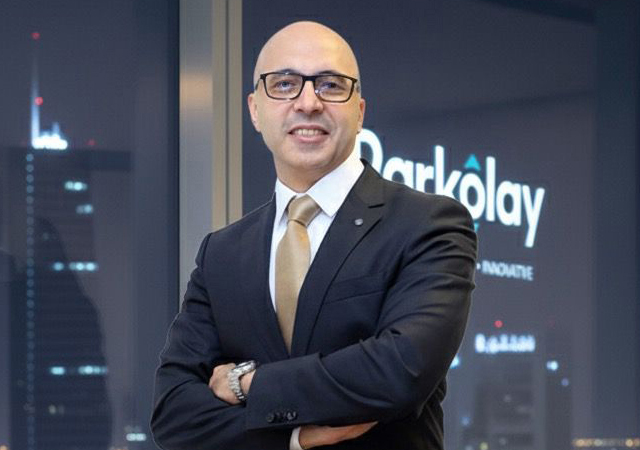




.jpg)



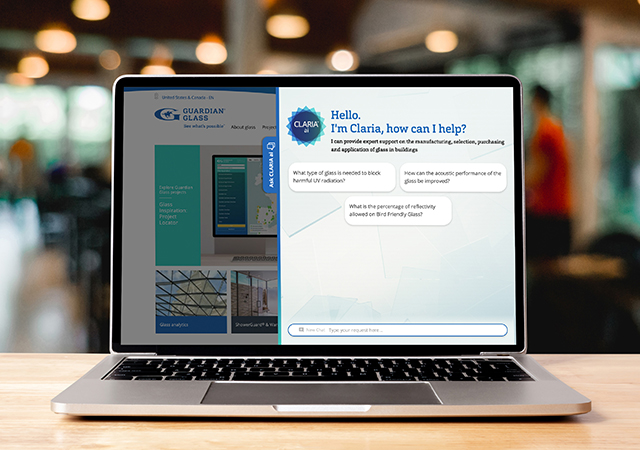

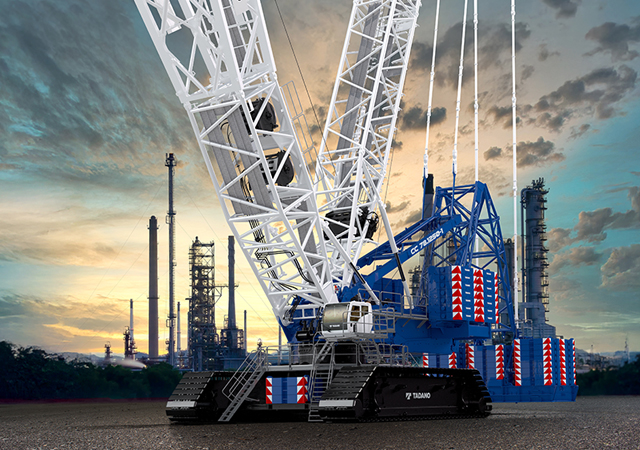
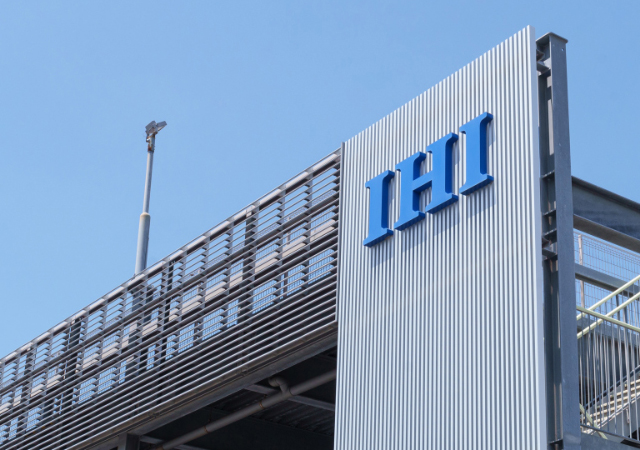
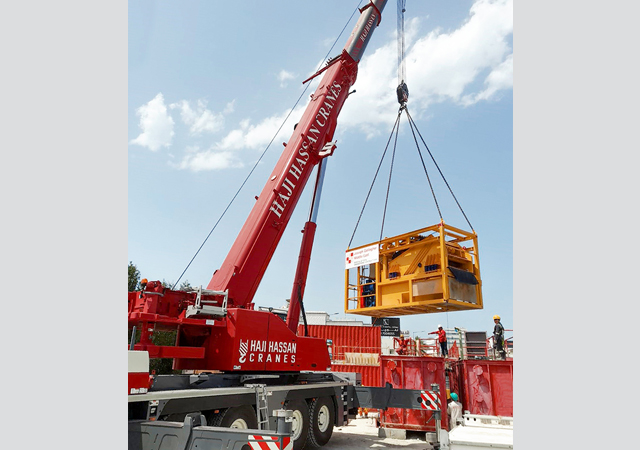
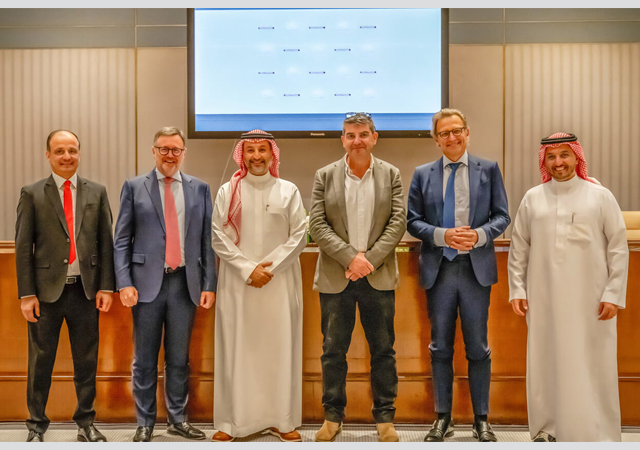
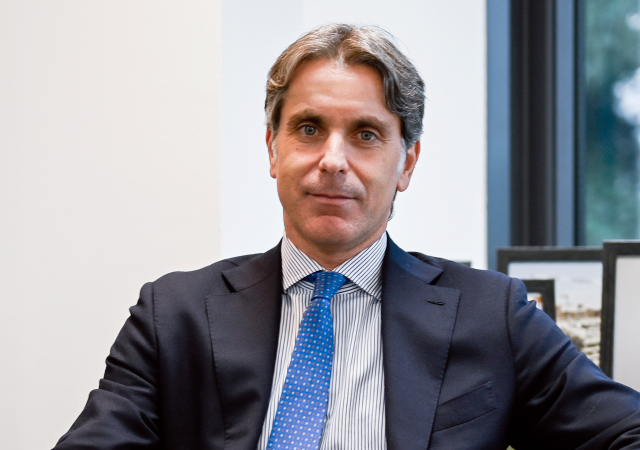
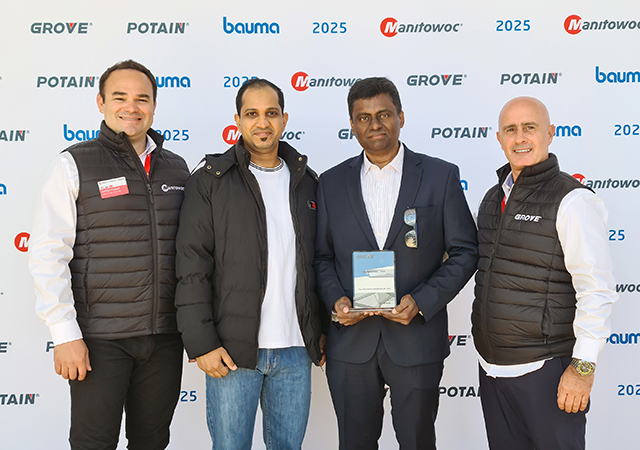
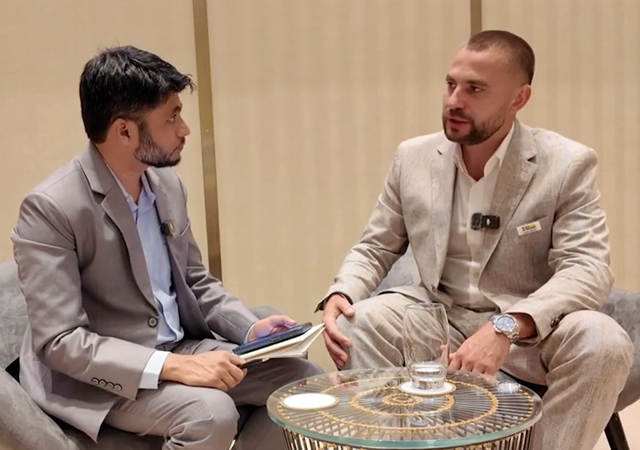
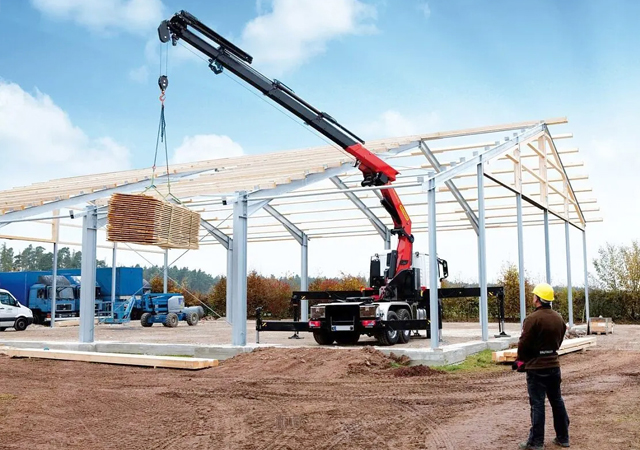
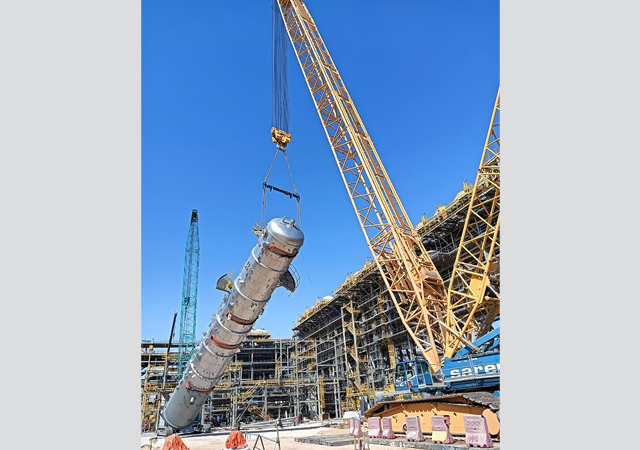
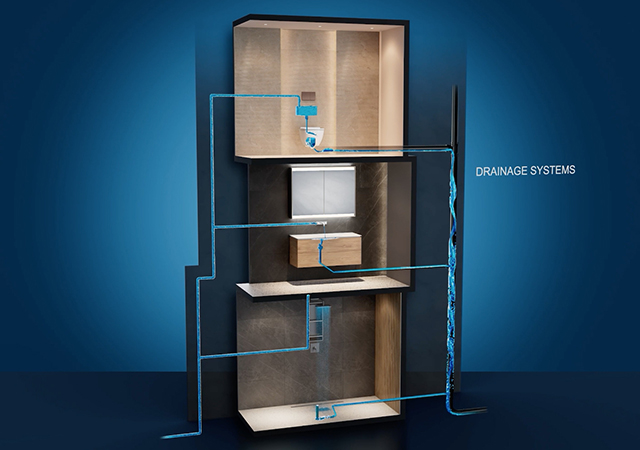




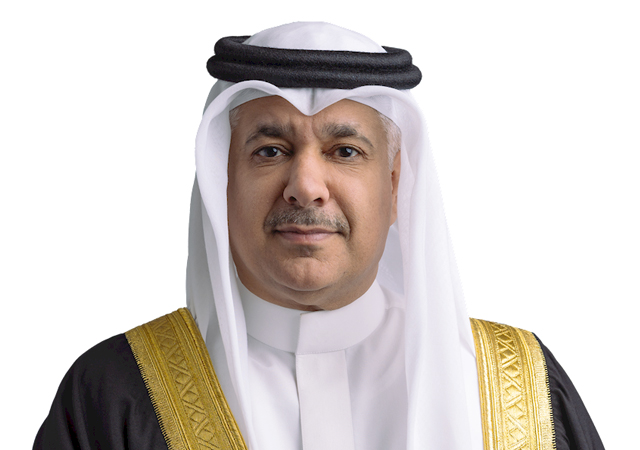

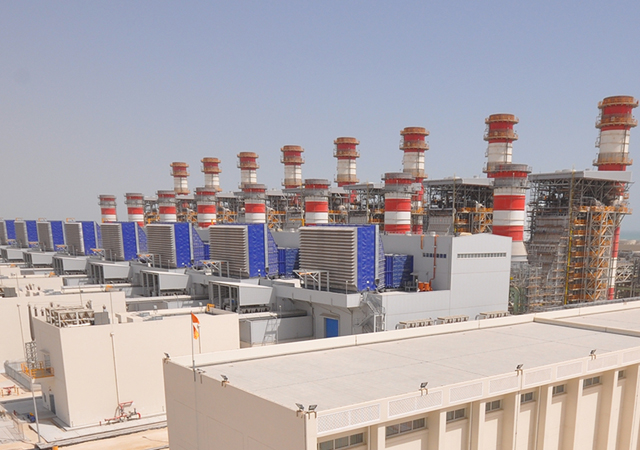
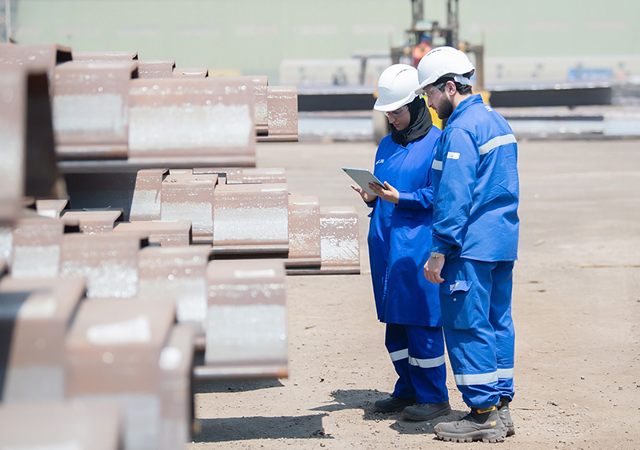


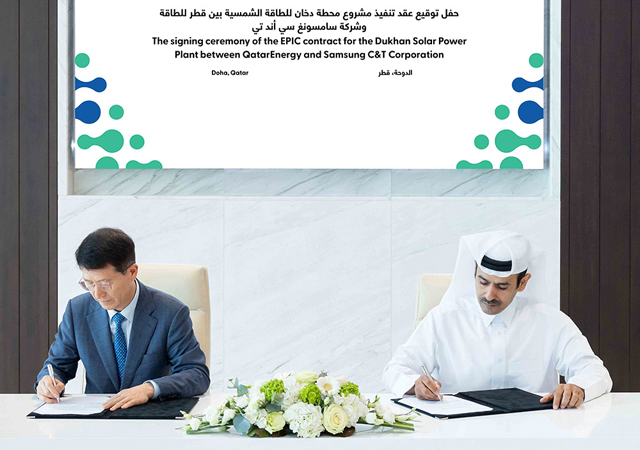
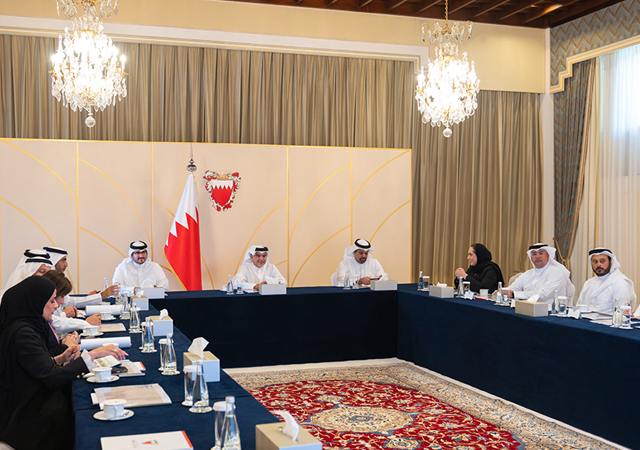
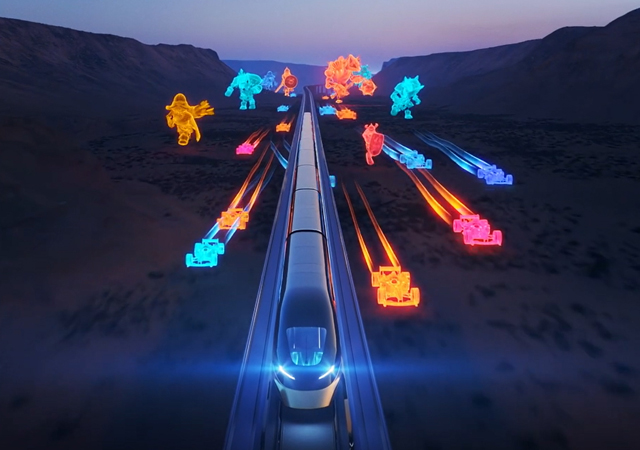
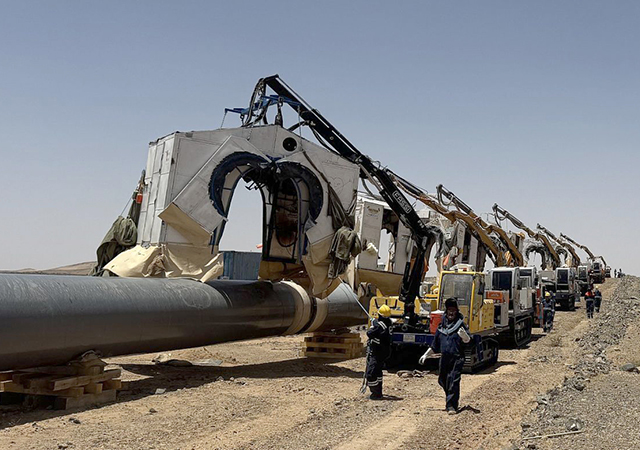

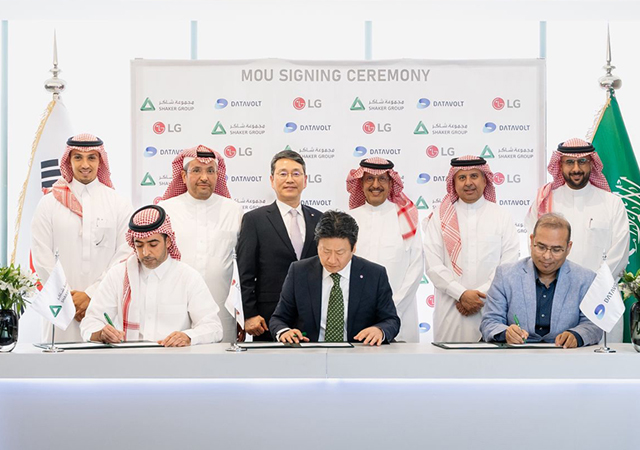

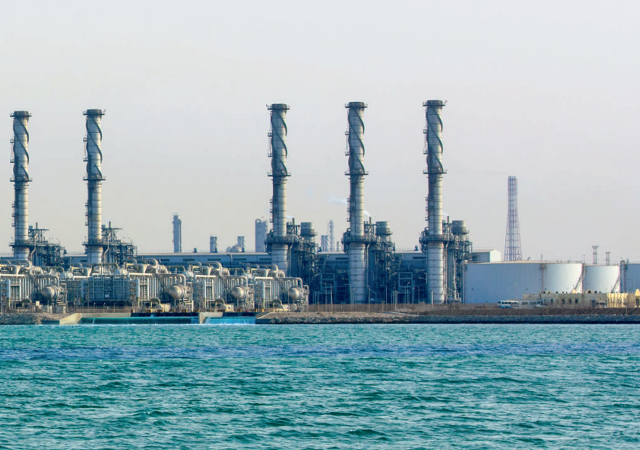

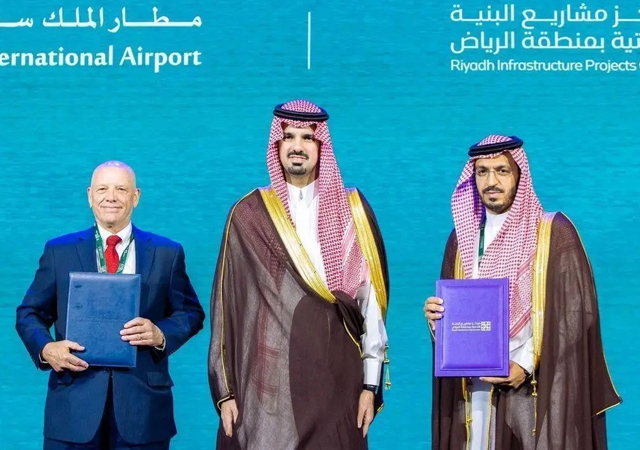

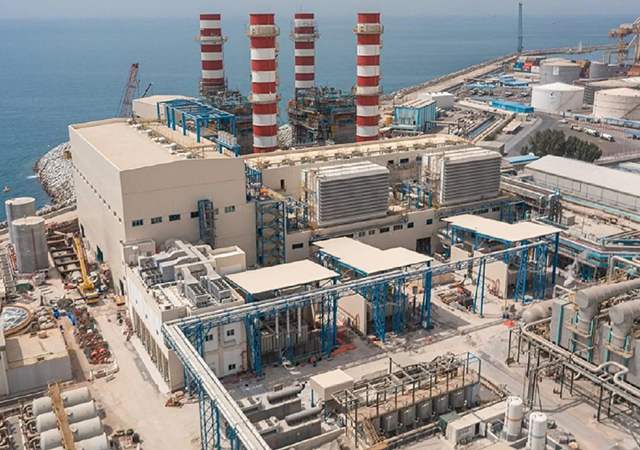
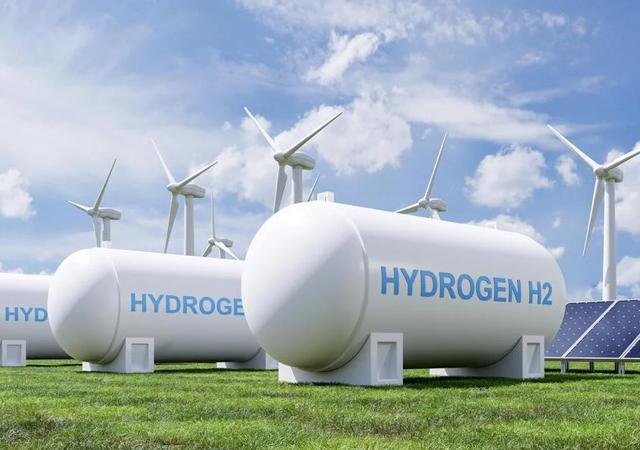


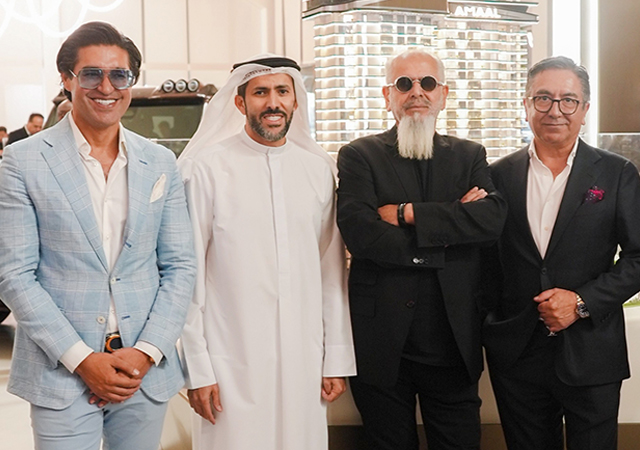

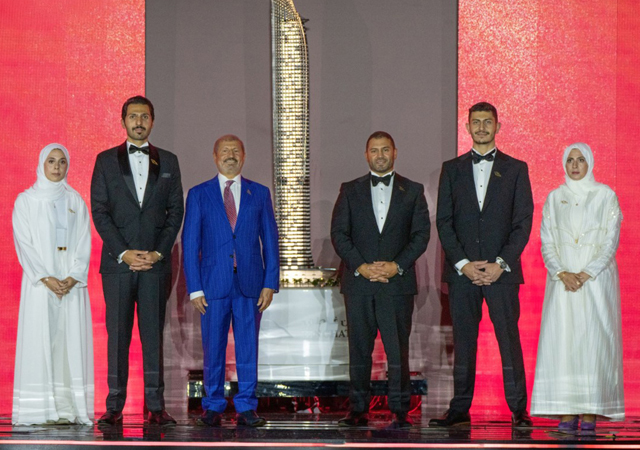
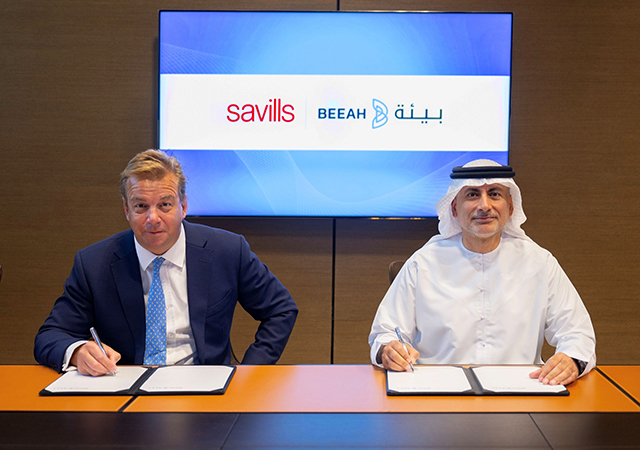




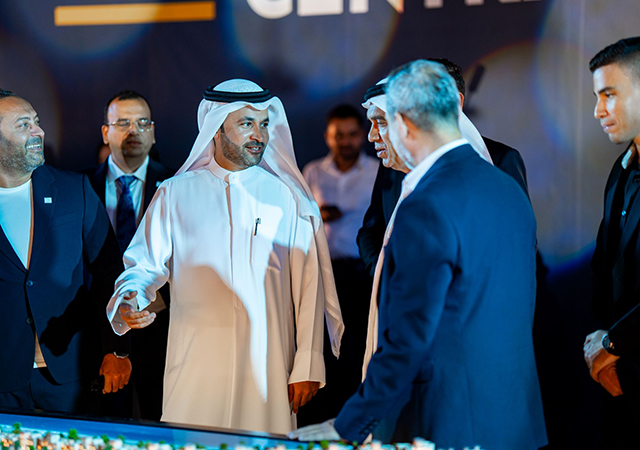
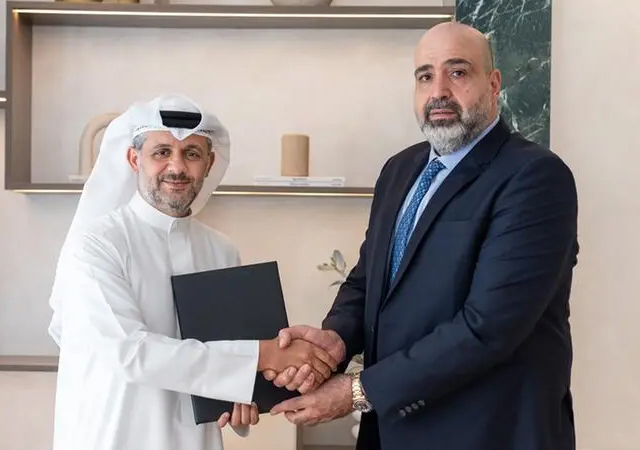


.jpg)

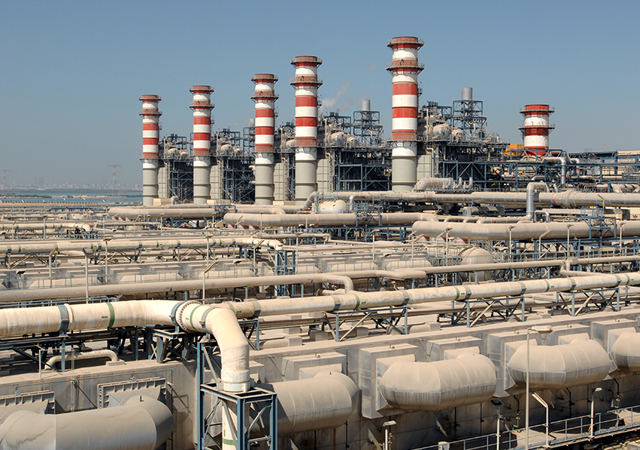

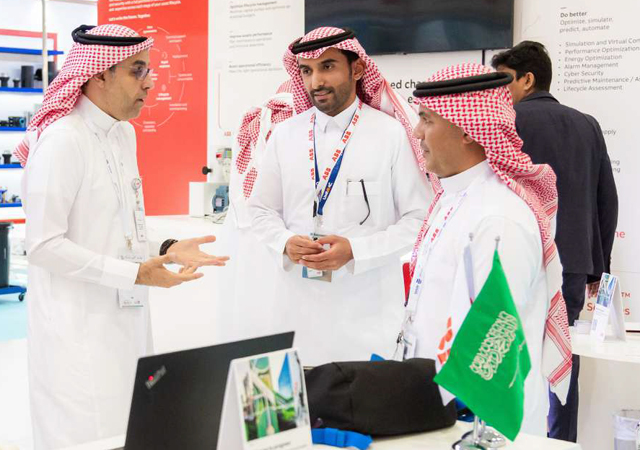
.jpg)


